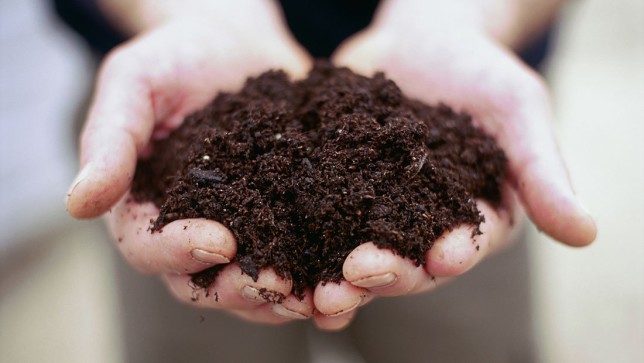A new research study from the European Commission’s Joint Research Centre and two Dutch laboratories shows that 45% of Europe’s top soil contains glyphosate residues, demonstrating the over-reliance of the EU agricultural model on this harmful herbicide chemical.

In contrast to what its manufactures purport, glyphosate persists in soils affecting not only soil fertility and crop quality, but also human and environmental health.
The research study by the Dutch University of Wageningen and Rikilt laboratories, jointly with the JRC, reveals that among 317 EU soil samples of arable land, 42% contained AMPA, the most toxic metabolite of glyphosate, while glyphosate was found in 21% of the soils; 18% of the samples had both. The study was conducted in six crop systems along 11 EU member states comprising soils under different geographical and climatic conditions.
Denmark, the UK and Portugal are the worst in this spectrum, with the highest detection frequency, while Italy and Greece seem to be the ones using less glyphosate on their crops. However, and most notably, these 2 molecules could be found in every tested member state. All tested crops presented glyphosate and AMPA residues. By far, the worst case was that of Portuguese vineyards, while no crops exhibited patterns of reduced reliance on glyphosate compared to others.
The results prove that the accumulation and persistence of glyphosate in soil is underestimated by European authorities, as is the harm it may cause to environmental ecosystems. The concentrations of glyphosate and AMPA found in the study have been shown to be toxic to soil organisms such as earthworms, beneficial bacteria and fungi , as glyphosate weakens down plants’ natural defences making them susceptible to pathogens. These substances that get adsorbed by soil particles are not immobile, but can propagate through wind or rainfall, leading to air pollution and exposure through the atmosphere as well as contamination of surface and ground waters. The application of fertilisers may also release a fraction of the glyphosate and AMPA bound in particles, making it directly bioavailable for uptake by plants and organisms.
Angeliki Lyssimachou, PAN Europe’s ecotoxicologist said: ‘This study clearly contradicts the predictions of European Authorities that glyphosate does not persist in the environment. In fact European agriculture is highly reliant on a toxic substance that is not even properly regulated in the EU, putting everyone at risk. Policy makers must stop the use of these harmful chemicals in the production of our food. It is more than time to implement all existing non-chemical alternatives to herbicides’.
Henriette Christensen, PAN Europe’s agriculture policy officer added ‘Over the last years, a growing body of evidence shows that soil health is one of the main drivers of growing healthy crops that will resist to pest attacks. Glyphosate destroys soil health and leads to more pesticide uses. Our farmers must leave this vicious circle’.



















Cover crops, crop rotation, companion planting….Increasing organic material in the soil, Nematodes, and beneficial soil micro organisms and miners of the soil, our earthworms all flourish, the beneficial predatory insects work from above…Judicious use of Organic Pesticides.
I really don’t see the problem the governments of the world are having seeing the lies of Big Ag
Dr. Patrick Gentempo’s, GMO’s REVEALED, is a real eye opener for all to see, and I wish the governments of the whole world could be made to sit down and watch it.